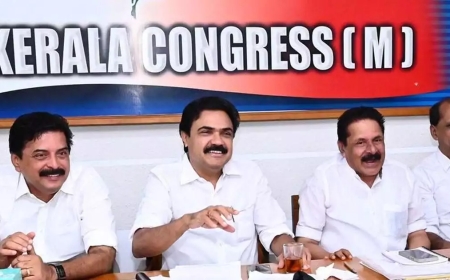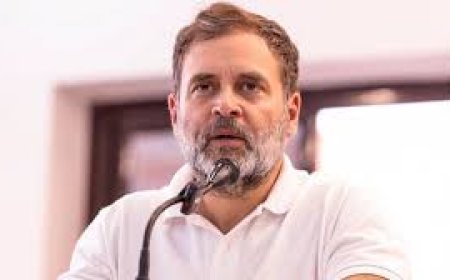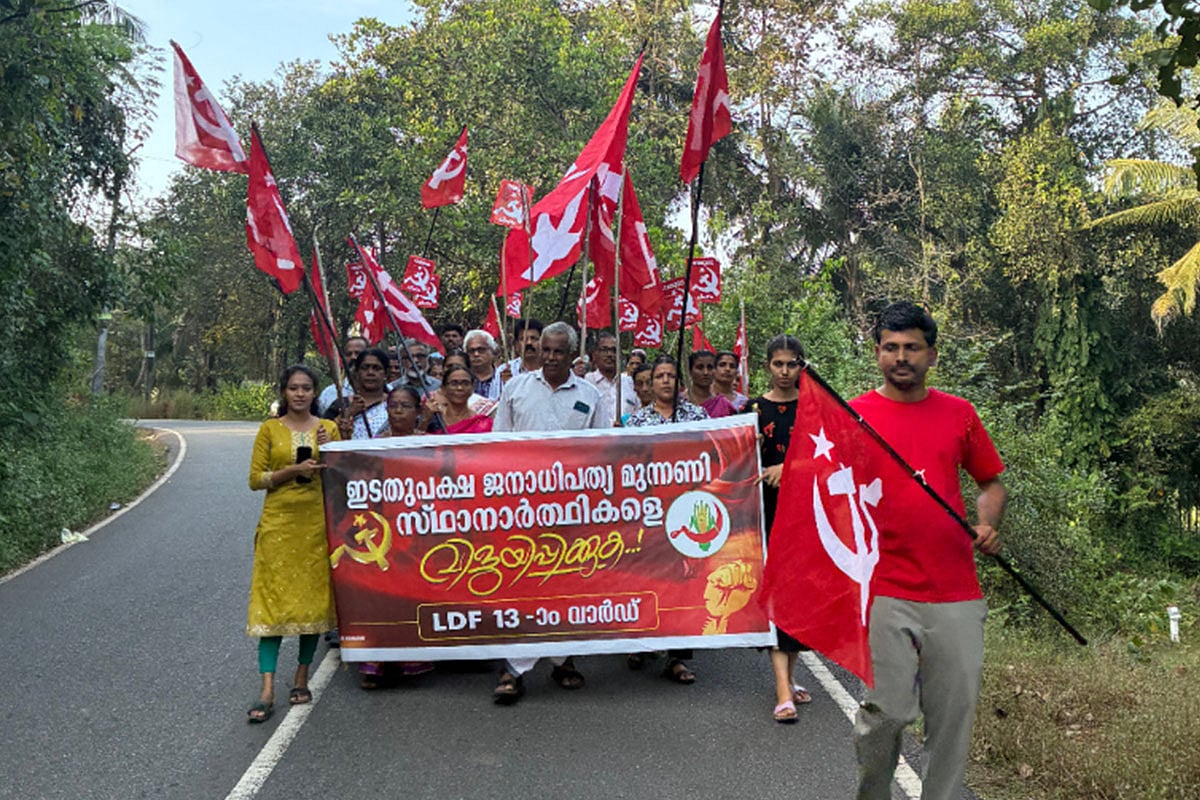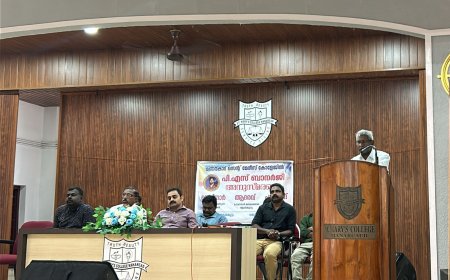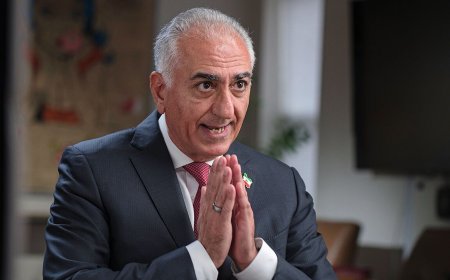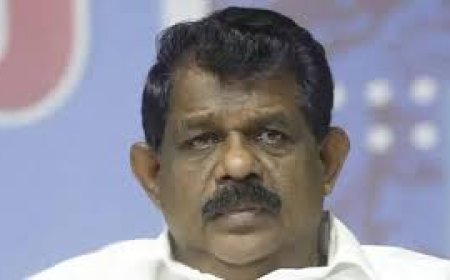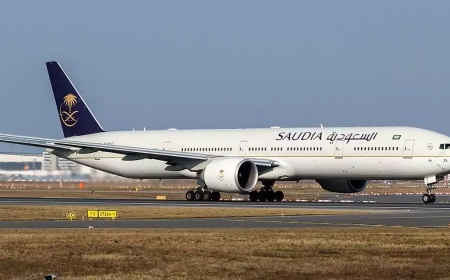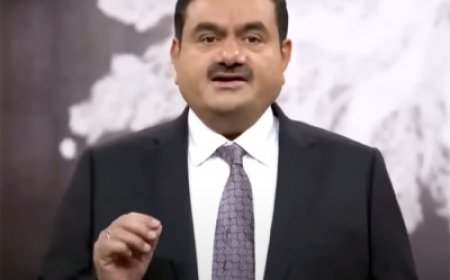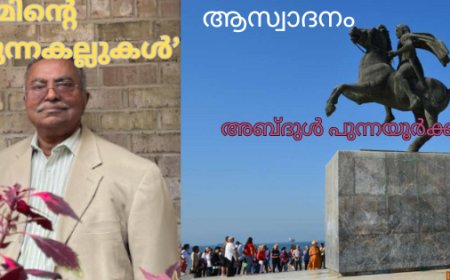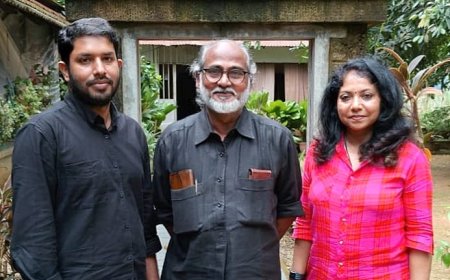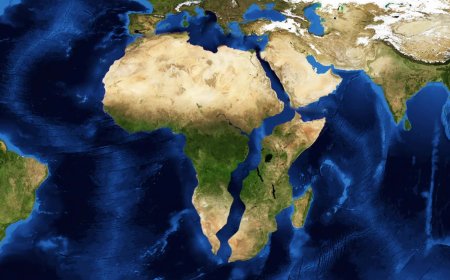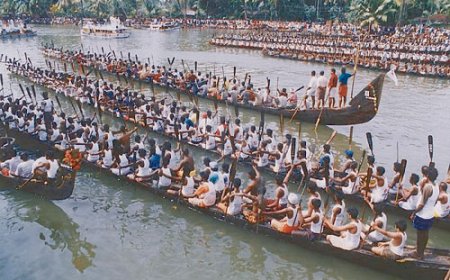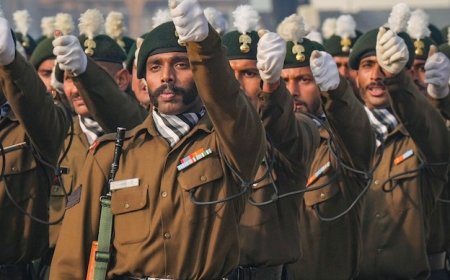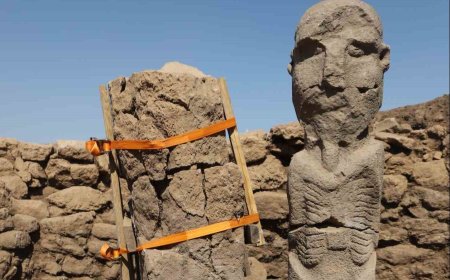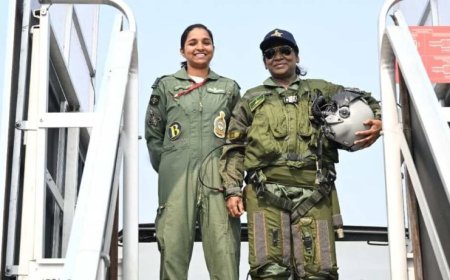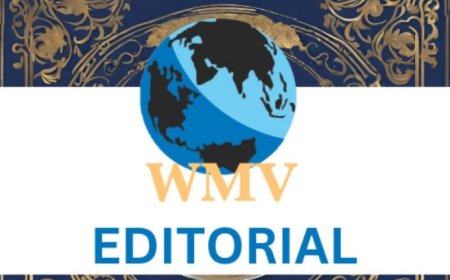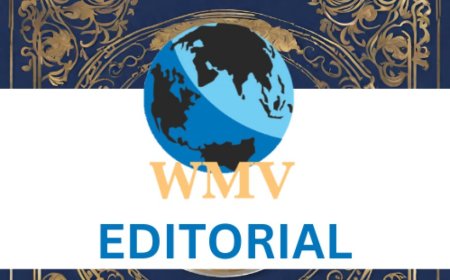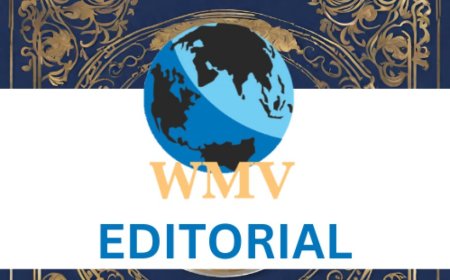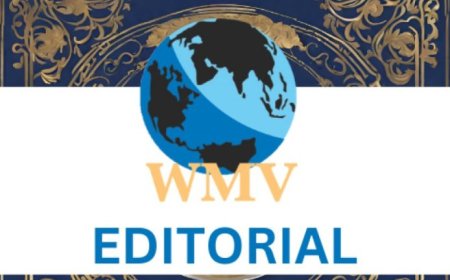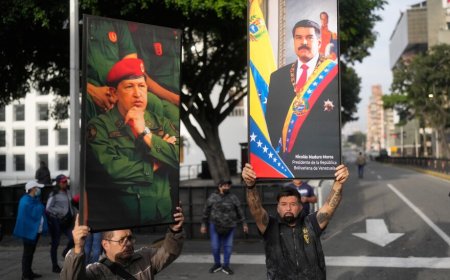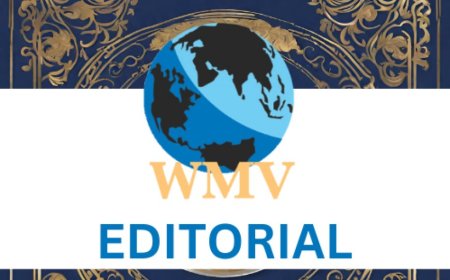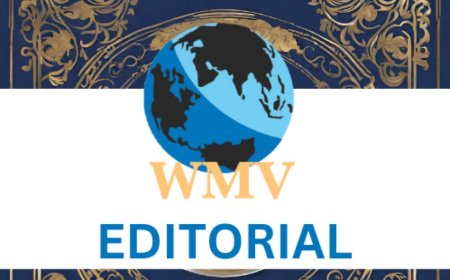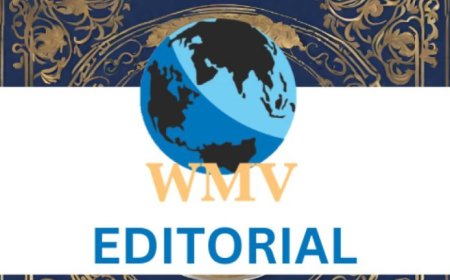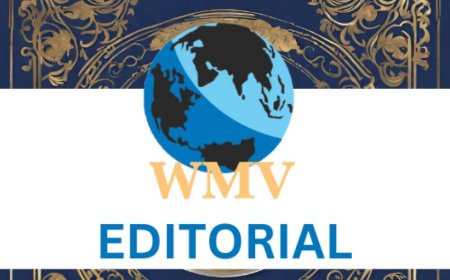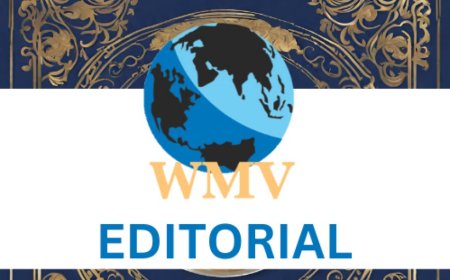China and India’s intense contest for influence
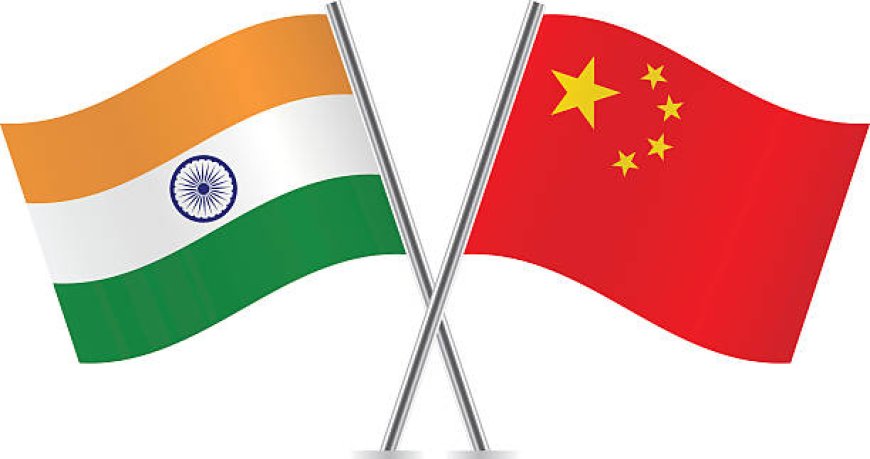
UNDER a new defence cooperation agreement with the Maldives, China is set to offer free military assistance to the island nation.
Coming soon after the presidential order to remove Indian naval personnel from the Maldives and after a so-called Chinese research vessel visited Malé, the agreement is no doubt a provocation to India.
Whatever the domestic political considerations of the Maldives for these developments, they are in keeping with China’s increased security focus in the region.
They are also a signal to India – this time in the Indian Ocean and away from their disputed boundary in the Himalayas – that China will keep up military pressure on India’s frontiers and areas of influence.
Since Beijing views India as part of the U.S.-led West for all practical purposes, it becomes imperative for it to counter New Delhi’s regional and global influence as part of its competition with the United States. In the Indian Ocean, in particular, India’s immediate South Asian neighborhood, China has at different times supported anti-India political leaders such as the Rajapaksas in Sri Lanka and Abdulla Yameen and Mohammed Muizzu in the Maldives.
However, over time Beijing’s diplomacy has also become sophisticated enough to reach out to the more moderate or India-leaning leaderships in South Asia. In Bangladesh, both India and China back the Awami League government in power, ignoring Western criticism of Dhaka’s democratic backsliding and questionable electoral processes.
After the Covid-19 pandemic, the Sino-Indian strategic competition in the Indian Ocean region has entered a new phase.
China has scaled up its Belt and Road Initiative (BRI) to launch the Global Development, Security, and Civilization Initiatives. However, given the economic crisis it is in and the pressure from the West on a range of issues – from Beijing’s mercantilist policies to support for Russia in the Ukraine conflict – there are probably increasing constraints on Chinese diplomacy.
This further encourages the ideological turn in its domestic politics, allowing the ruling Chinese Communist Party to portray the world in Manichean terms of an “us versus them” conflict between China and a Western-led global order. It also suggests in turn that China’s hard security interests are likely to be promoted more forcefully than earlier.
India, by contrast, has always had a limited geopolitical canvas. Despite its talk of being a “leading power,” it has first and foremost wanted to ensure pre-eminence in its own neighborhood. New Delhi has also learned from its past mistakes and has been much more balanced in its outreach to neighborhood political elites, as well as more patient in handling potential crises.
For instance, India did not refuse the newly-elected Maldivian President Mohammed Muizzu’s demand for the withdrawal of Indian naval personnel operating search and rescue platforms in the islands. However, it did insist on replacing them with other civilian personnel.
In the last three decades, Asia has seen the greatest arms race in history – much of it driven by China or reasons related to China. India has also reacted and responded to Chinese pressure by promoting its own security involvement in the Indian Ocean region. It is, for example, building up and upgrading infrastructure for improving sea and air connectivity in Mauritius – a new airstrip and jetty on the Agalega islands supported by India was inaugurated by the prime ministers of the two countries in late February.
India also has assisted in multiple development projects alongside those in the security realm.
In the Maldives, India has continued to engage with the Muizzu government for capacity-building and other cooperation while also increasing its development aid.
In Mauritius, several community development projects have been inaugurated in addition to the airstrip. It is also widely acknowledged that India’s security presence protects Mauritius’ economic and other security interests, helping patrol the millions of square kilometers of the country’s Exclusive Economic Zone and countering piracy, terrorism, narcotics and human trafficking, as well as illegal and unregulated fishing.
China is, in fact, a major contributor to illegal and unregulated fishing in the Indian Ocean.
Arguing that India is merely responding to China’s Belt and Road Initiative with its development projects is to misread India’s approach. Indian foreign policy in its neighborhood has always been to support its neighbors in their development objectives. This is a recognition of the fact that the consequences of the lack of development and economic or political instability in the neighborhood inevitably spills over into India, which it is then forced to address.
Take the example of Sri Lanka’s latest economic crisis. Indian assistance of over $4 billion was not only swiftly delivered but was more than the International Monetary Fund’s bailout aid of around $3 billion. New Delhi was also willing to go along with a multilateral debt restructuring program for Sri Lanka while China, which had previously ignored Colombo’s requests for debt restructuring, only “tentatively agreed” with great difficulty, given its preference for a bilateral arrangement.
At the same time, India has been closely watching Chinese actions and unsurprisingly has responded strongly in cases where its security was directly affected.
In January, India intercepted an illegal Chinese shipment of dual-use military technology to Pakistan. Earlier, it pressured Sri Lanka to deny permission for a Chinese research vessel to berth at Colombo port while increasing the visits of its own naval ships to the island nation. It also objected to a Chinese renewable energy project in northern Sri Lanka and offered several power projects of its own in the region instead.
China responded to the cancellation of the Sri Lankan project by offering a similar one to the Maldives – showcasing its nimbleness and ability to adapt.
China clearly will keep pushing the envelope in the Indian Ocean. However, India has increasingly demonstrated both the will and the resources to push back.
By Jabin T. Jacob The Diplomat

